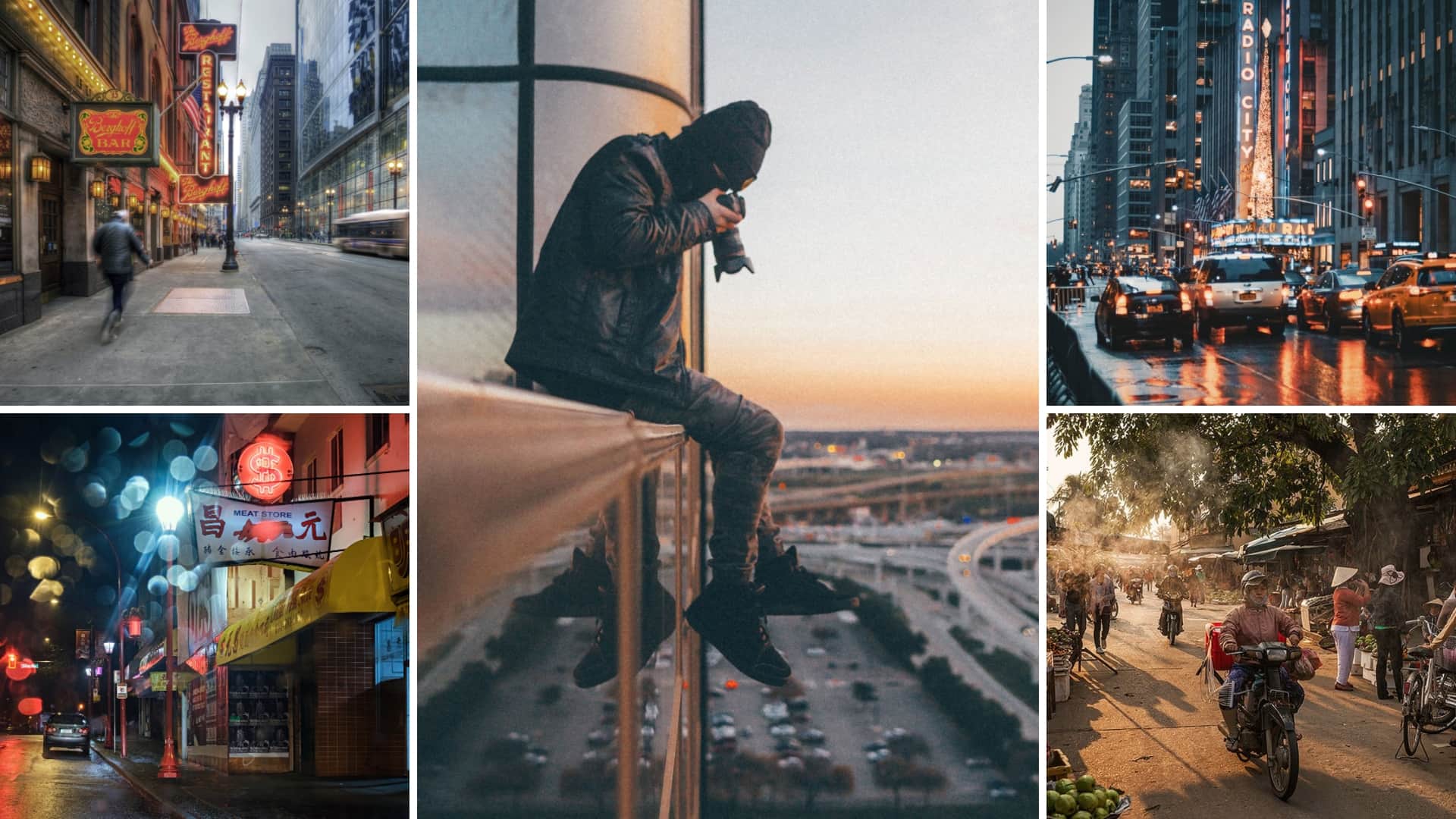Framing Streets for Dummies
Table of ContentsA Biased View of Framing StreetsThe Basic Principles Of Framing Streets Not known Facts About Framing StreetsFraming Streets - Truths

Both at the Museum of Modern Art (Mo, MA).
Street photography is a huge genre that can be defined in numerous means, but it is typically defined by the spontaneous capturing of an unrepeatable, short lived minute, commonly of the everyday going-ons of complete strangers. It is typically shot with broader angle lenses (e. g. 35mm) and generally features urban atmospheres.
The Definitive Guide to Framing Streets
Documentary professional photographers typically have a defined, premeditated message and an intention to tape-record certain occasions in background (https://www.imdb.com/user/ur175665524/?ref_=nv_usr_prof_2). The gamut of the documentary approach incorporates facets of journalism, art, education and learning, sociology and history. In social examination, docudrama photos are commonly meant to prompt, or to highlight the requirement for, social modification
Street digital photography is typically viewed as unposed and candid, yet there are a few street professional photographers who communicate with unfamiliar people on the streets and take their portraits. Street pictures are unintended portraits taken of strangers while out doing road digital photography, however they are seen as postured due to the fact that there is communication with the subject.
Photographing people and places in public is lawful in most countries safeguarding flexibility of expression and journalistic liberty. There are usually limitations on just how photos of individuals may be made use of and most nations have certain regulations concerning individuals's privacy.
Some Known Details About Framing Streets
While the common-law provinces comply with the UK, relative to the freedom to take pictures in a public place, Quebec regulation offers that, in most conditions, their publication can take area just with the consent of the topics therein. The European Union's Human Rights Act 1998, which all EU countries need to promote in their residential regulation, develops in a right to privacy. The right to personal privacy is safeguarded by Short article 8 of the convention. In the context of digital photography, it stands up in arms to the Article 10 Of freedom of expression. Courts will generally think about the public interest in balancing the legal rights via the lawful test of symmetry. While additionally limiting photography in order to shield privacy legal rights, street digital photography can still be legal in France when sought as an art type under specific situations.

. who simply roamed right into a scene), or who are not also well-known in the image. https://penzu.com/p/454a0d4b3b5b7826. It additionally does not typically reach individuals that are somebodies (e. g - 50mm street photography. political leaders or celebs). If a photo is taken into consideration art, the courts will also take into consideration the photographer's liberty of imaginative expression; meaning that "artistic" road digital photography can still be legitimately released in certain cases
Everything about Framing Streets
Photographing the cops and publishing the photos is likewise lawful.
In Hungary, from 15 March 2014 any person taking photos is technically damaging the legislation if someone more wanders right into shot, under a new civil code that forbids taking images without the approval of everybody in the picture - 50mm street photography. This expands the legislation on approval to consist of the taking of pictures, in enhancement to their magazine
'Hidden digital photography' (kakushidori hidden, surreptitious digital photography) 'swiped digital photography' (nusumitori without any purpose of obtaining authorization) and "fast digital photography' (hayayori before consent and refusal can be provided) are forbidden unless in the previous approval is acquired from the subject immediately after taking the photo. People have rights to their images (shzken, droit de picture).